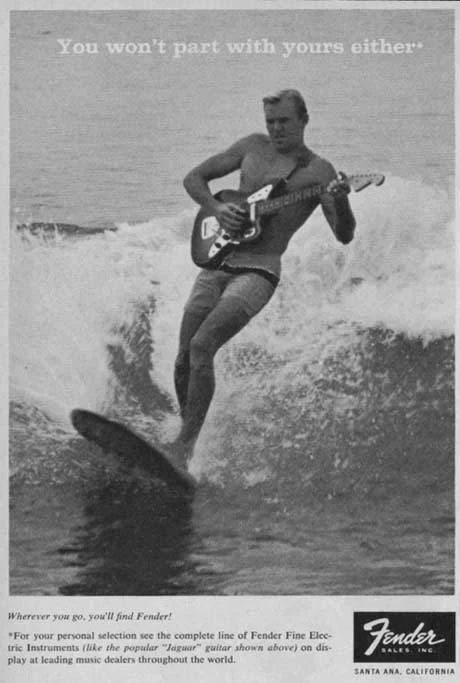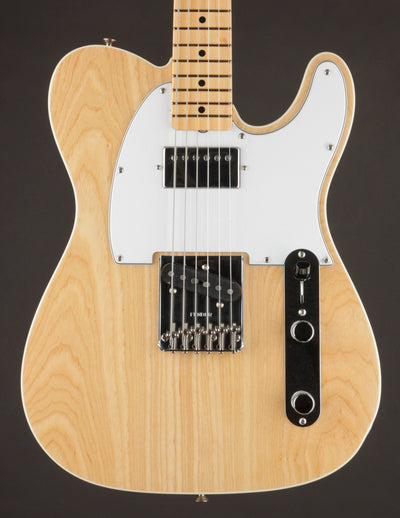
Why We Love This
Introduced in 1962, the Jaguar was initially adopted by surf guitarists just as that fad was running out of wave. Jaguars everywhere began collecting dust until the punk explosion of the '70s and its subsequent mutations took it from relic to iconic.
The Jaguar has 22 frets and a shorter 24-inch scale length, which was deliberately closer to the standard Gibson scale length of 24.75-inches rather than the standard 25.5-inch Fender scale length of the 21-fret Telecaster, Stratocaster and Jazzmaster. The Jaguar’s shorter scale and extra fret made for what Fender billed as “faster, more comfortable” playing.
The Jaguar has the most elaborate circuitry of any Fender instrument. Although it and the Jazzmaster are dual-circuit guitars (lead and rhythm), the Jaguar’s lead circuit is more complex, with three slide switches on a chrome plate on the lower horn (compared to the Jazzmaster’s single toggle switch). The first two are on-off switches for each pickup; the third engages a capacitor that serves as a low-end filter, producing a more cutting treble tone (informally known as the “strangle” switch). The Jaguar’s rhythm circuit consists of a single slide switch on the upper horn that delivers a more bass-heavy neck-pickup-only sound, with its own adjacent volume and inset tone wheels (all mounted to, of course, a chrome plate).
The Jaguar has tall, narrow, high-output pickups - factory Lollars in this case - that are surrounded by notched metal rings (“claws”) that reduced hum and concentrate the magnetic field beneath the strings, an unusual feature not found on any other Fender instrument except 1961’s Bass VI.

Body
Hardware
Neck
Other
































